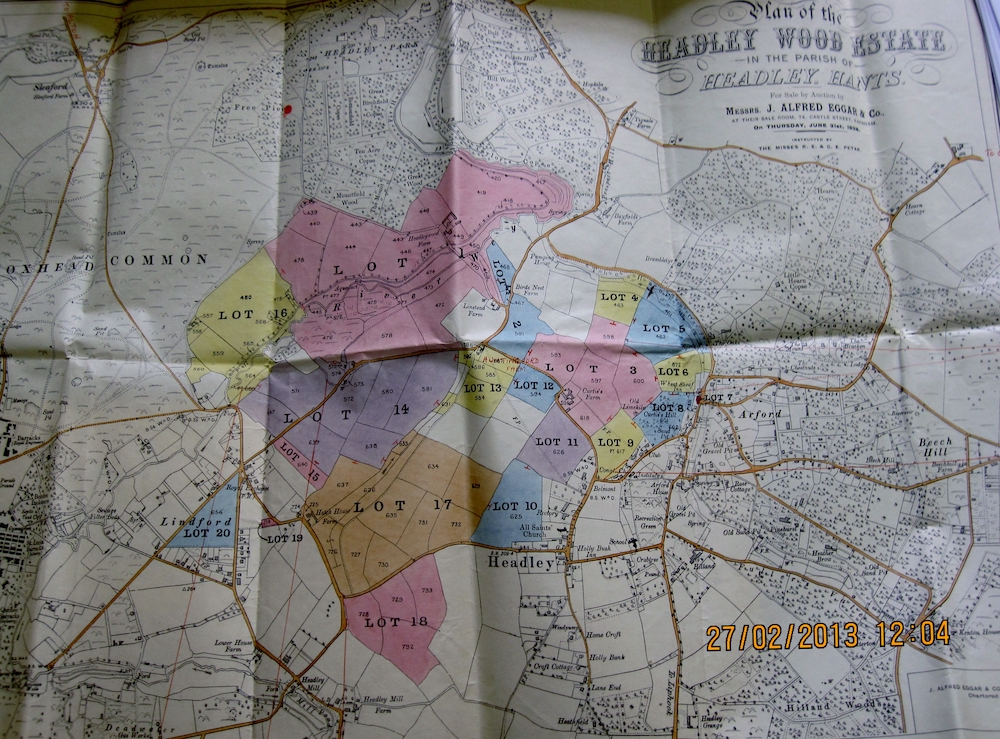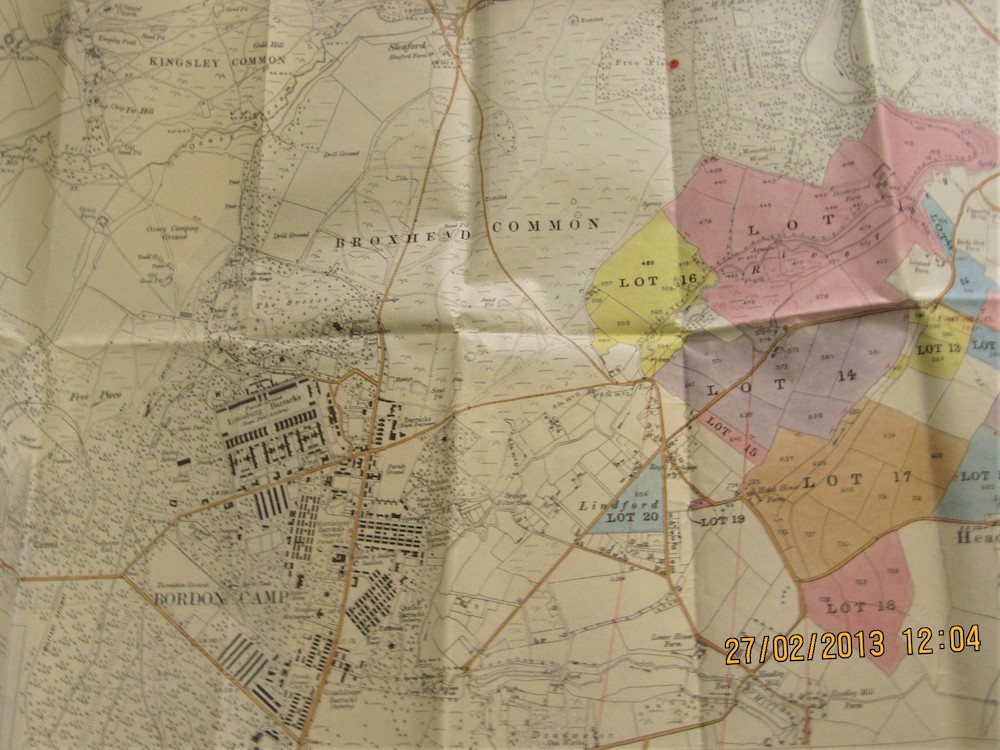The Battle for Broxhead Common

The Case for Hampshire County Council – PART 50
- February 2013. I was curious as to how, why, and when the common land had become a legal part of the Headley Wood Estate. So, I began enquiries with the HM Land Registry.
- June 2013. I knew that Headley Wood Farm had recorded Rights of Common which would therefore not support ownership of the common land. Also, in 1955 Hampshire County Council had appointed L. Ellis Tavener M.A. (Cambridge), PhD (London), Senior Lecturer in Geography, University of Southampton, to undertake a Survey of The Common Lands of Hampshire, for the Royal Commission on Common Lands. This culminated in his book entitled ‘The Common Lands of Hampshire, published in 1957. He had concluded that the MOD who rent or requisitioned an extensive acreage of the common lands of Woolmer Forest, were the Lords of the Manor of Broxhead. This may have accounted for the interest shown by the MOD in Part 7 of this series.
- I was, also unhappy with Land Registry’s rejection of the evidence from the Tithe Act 1847, as being too long ago to be useful, albeit it is an Act of Parliament, or that 15 years is regarded as a good root of title to claim ownership of common land. Formerly one had to show the link to manorial records which in the case of Broxhead Common go back to Alfred the Great, some 300+ years before the Statute of Merton, since renamed as the Commons Act 1236.
- 3rd February 2014. However, my letter to the Land Registry reveals that I was finding some interesting details. For example, the terms of the lease of Broxhead Common to HCC appear to indicate that the ‘said landowner’ passed responsibility for costs of any application made under Sec. 194 of LPA 1925 to HCC. Whether or not that is the case, it should have been a reminder that consent for the fencing around the 80 acres was still required.
2014 Feb Letter to John Pownall - In any case, the Schedule from the Court of Appeal, stated that HCC “would support any application by the ‘said landowner’ or his successors in title.” The lease was therefore at odds with the Order; in more ways than one as it turns out.

Next time: My enquiries with the Land Registry continue.
